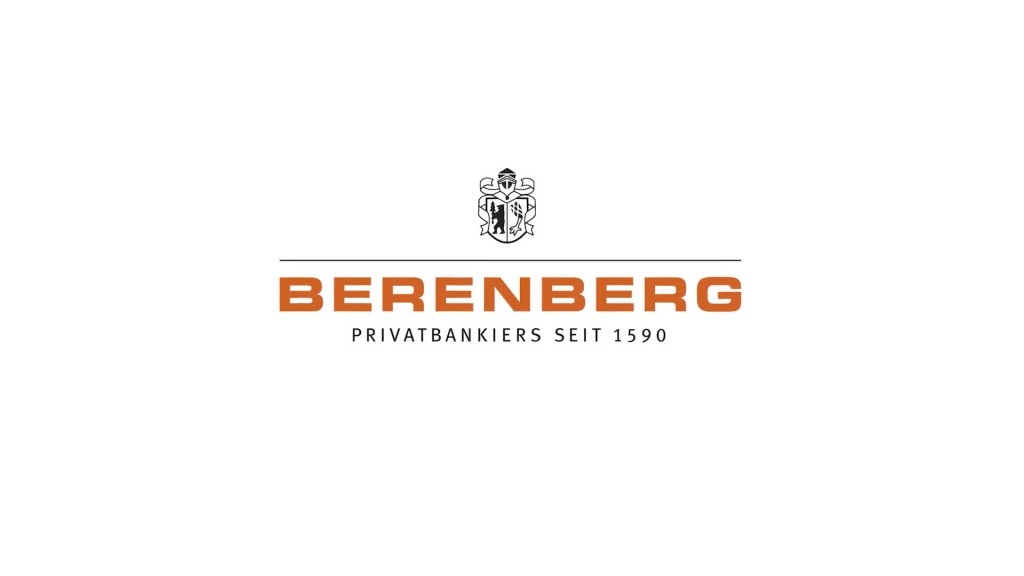Berenberg highlights potential for increased M&A activity among reinsurers amid slowing growth
- October 31, 2025
- Posted by: Taylor Mixides
- Category: Insurance

Berenberg, a European investment bank and asset manager, has noted that mergers and acquisitions (M&A) could become increasingly appealing to large reinsurers.
This comes amid expectations that organic growth may slow due to rising competition in the sector. The suggestion is notable, given that M&A activity in the reinsurance industry has been relatively scarce in recent years.
Berenberg points out that several smaller reinsurers might emerge as acquisition targets if larger companies view M&A as the most efficient way to allocate their growing capital and sustain growth.
In their Q2 2025 update, Berenberg expresses a cautiously optimistic outlook on reinsurers overall. They see considerable upside potential in several key names, including SCOR, Swiss Re, Conduit Re, and Hannover Re, while assigning a Hold rating to Munich Re.
Their positive view rests on several factors: stable attachment points that support underwriting profitability, a relatively favourable Q2 performance helped by high deductibles set by primary insurers ahead of the hurricane season, and enhanced capital allocation strategies that allow reinsurers to focus on attractive growth opportunities.
These factors, according to Berenberg, could support improved capital management through measures such as dividend increases and share buybacks. However, Berenberg also notes that organic growth for many reinsurers is likely to slow due to intensifying competition.
As a result, they believe acquisition-led growth could become a more significant strategy going forward, offering larger players a pathway to deploy capital effectively and maintain profitability.
The Q2 2025 results released by reinsurers so far have generally outperformed expectations, with half of the companies beating consensus net profit forecasts by more than 10%, according to Berenberg.
Despite these positive earnings surprises, share prices have mostly declined following announcements, with an average fall of around 2% when excluding Conduit Re’s more substantial drop. Still, Berenberg emphasises the sector’s strong solvency ratios, which provide a solid foundation for ongoing capital returns and strategic capital management.
Berenberg identifies additional factors supporting the sector’s outlook: attachment points are expected to remain firm, pricing—though slightly down year-to-date—continues to be profitable, and strong capitalisation levels enable reinsurers to pursue capital management initiatives actively.
At the same time, Berenberg highlights emerging risks related to hurricane season forecasting. The current neutral El Niño-Southern Oscillation phase, combined with recent reductions in funding for US agencies such as NOAA, has raised concerns about forecasting accuracy and data availability.
Although some data suspensions have been reversed, these developments may introduce greater uncertainty into reinsurance pricing and elevate costs due to shorter preparation times for affected regions.
Berenberg also references forecasts from Guy Carpenter, NOAA, and Munich Re, which predict an above-average Atlantic hurricane season in 2025, despite the season having started slowly.
This outlook, together with a relatively mild pattern of natural catastrophe events in Q2, has kept reinsurance reserves above late 2024 levels, providing adequate capacity to absorb potential losses. Additionally, Berenberg notes that insurance penetration—the share of economic losses covered by insurance—is trending higher, which supports sector resilience.
On valuation, Berenberg uses a sustainable return on tangible equity framework for most of their favoured reinsurers, including Conduit Re, Hannover, SCOR, and Swiss Re. Munich Re is valued using a sustainable return on equity approach.
In summary, Berenberg’s analysis suggests that reinsurers are positioned to benefit from steady underwriting conditions and improved capital management. They also highlight the potential for increased M&A activity as a key growth driver, particularly if organic expansion becomes more challenging. This combination of factors may offer investors a positive outlook on the sector going forward.



